Swimming is one of the most effective full-body workouts, especially for teens looking to stay fit, build endurance, and relieve stress. The best part? You don’t need hours a day to see results. With just 25 minutes a day, you can start swimming laps, improve technique, and build lasting fitness habits. This guide breaks down how to get started, set weekly goals, stay safe, and make the most of your time in the water.
Swimming is low-impact, meaning it’s gentle on growing joints while still building strength and cardiovascular health. It boosts lung capacity, improves posture, and helps manage anxiety and focus—important benefits during the busy teen years. Plus, it’s a life-saving skill and a fun way to stay active year-round.
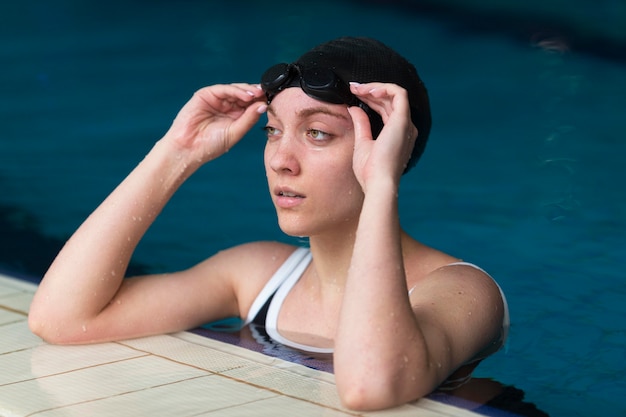
If you're new to lap swimming, the idea of jumping into a lane might feel intimidating. Start simple:
Don’t worry about speed or distance at first. The goal is consistency and comfort.
Progress gradually with realistic weekly goals. Here’s a simple 4-week plan:
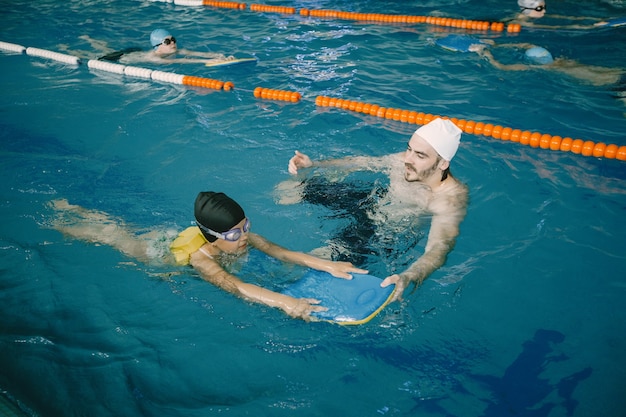
While swimming is safe for most teens, following basic safety rules is crucial:
To keep swimming enjoyable, mix it up! Try swimming with a friend, listening to waterproof music, or setting mini-challenges like “beat last week’s lap count.” Celebrate small wins—each session builds strength and confidence.
Over time, you’ll notice improvements in energy, sleep, and focus. Swimming isn’t just exercise—it’s a skill that supports lifelong health.
Starting a swimming routine doesn’t require perfection—just commitment. With just 25 minutes a day, teens can build endurance, reduce stress, and enjoy a fun, low-impact workout. Follow the weekly plan, prioritize safety, and stay consistent. Before you know it, swimming laps will feel natural, rewarding, and empowering.
Dive in—your journey to better fitness starts now.

Fitness

Fitness

Fitness

Fitness
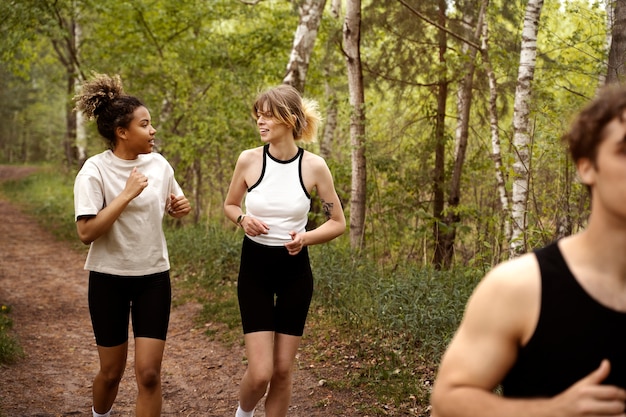
Fitness
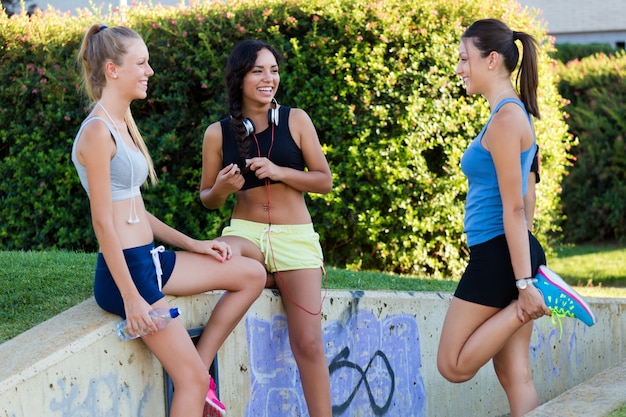
Fitness
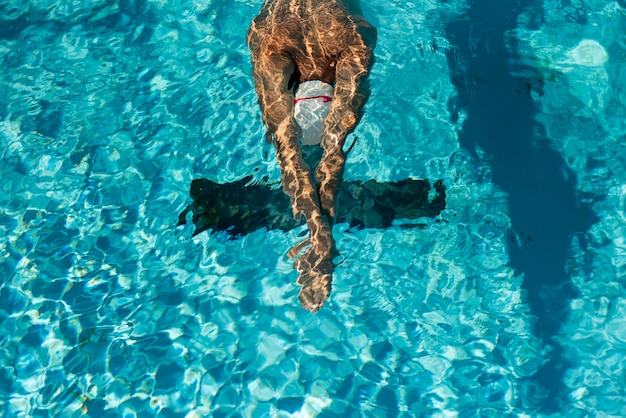
Fitness
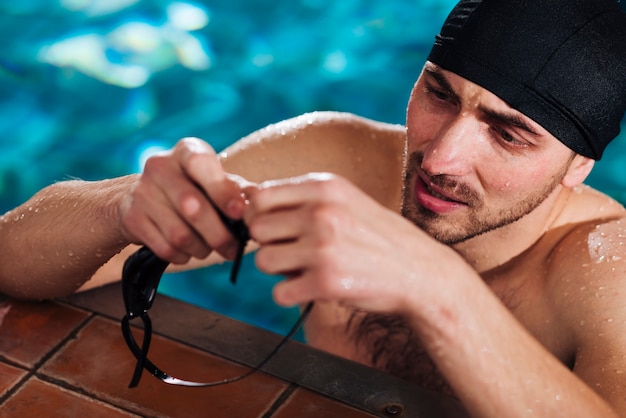
Fitness
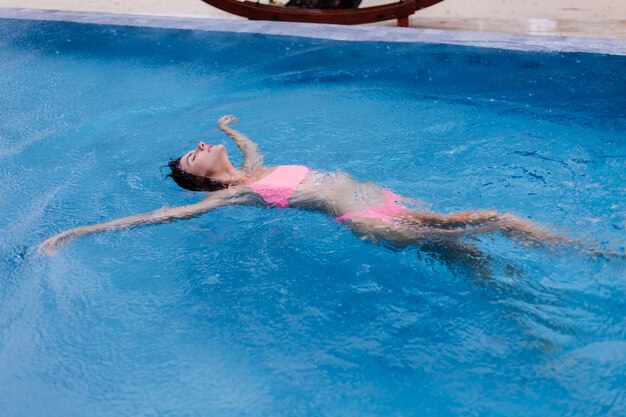
Fitness
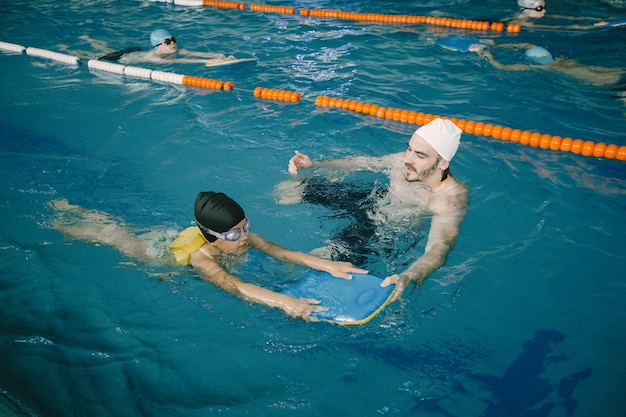
Fitness
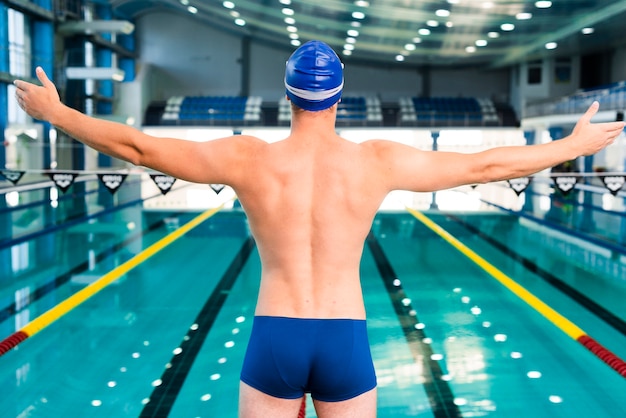
Wellness

Wellness

Health

Fitness

Health

Health